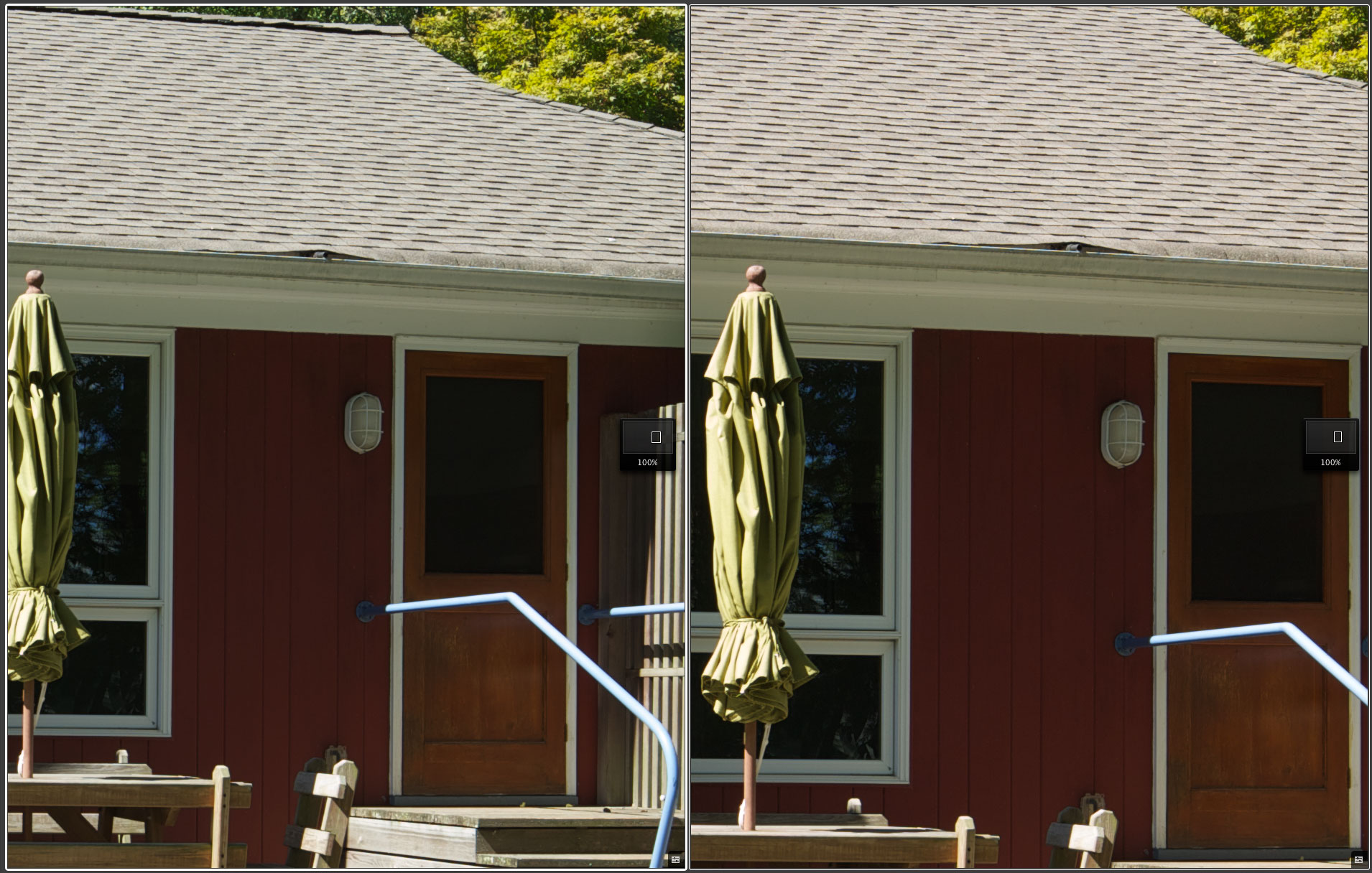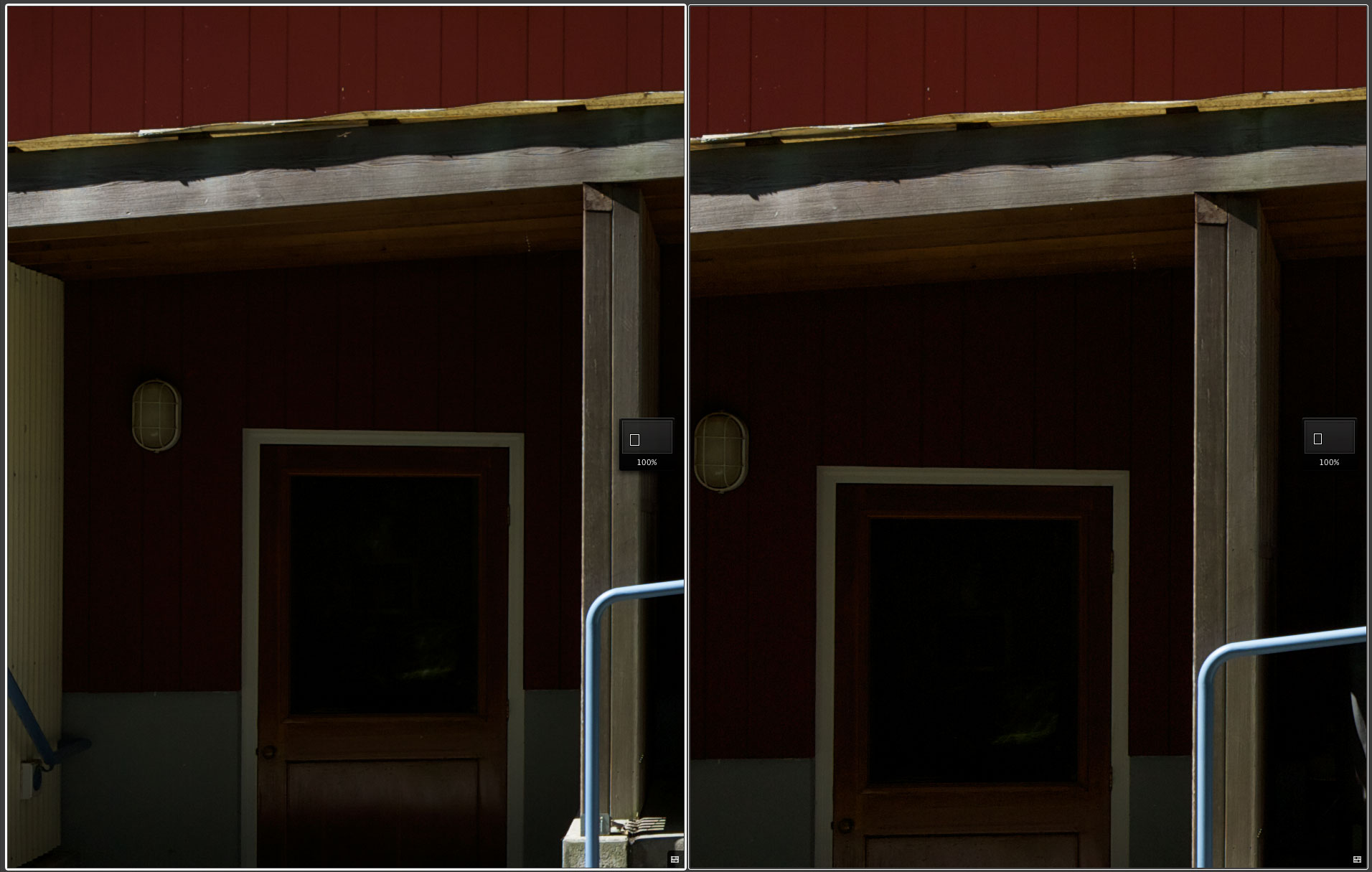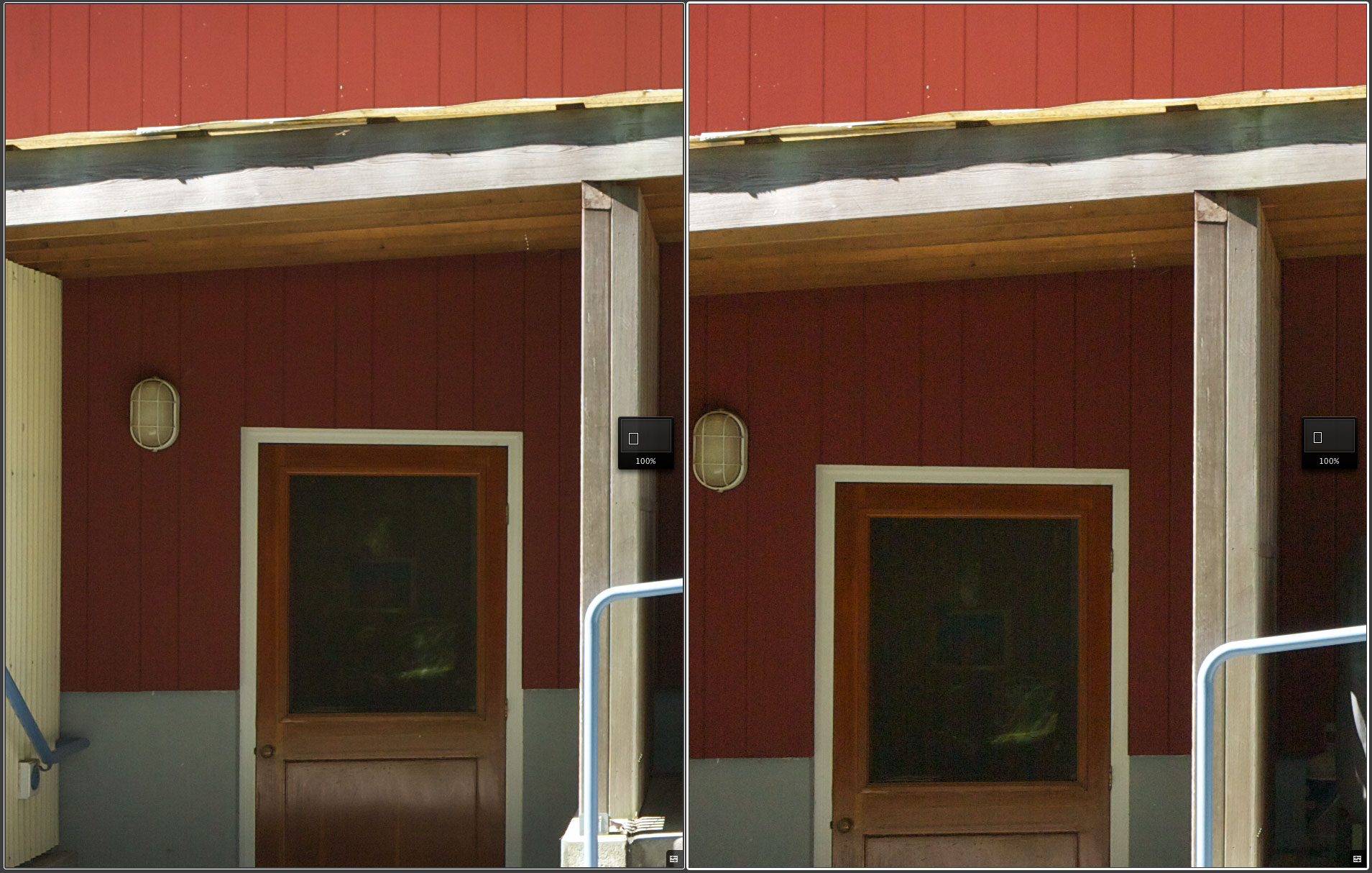I have written about the Canon 5D Mark III since it was announced last March and since receiving mine shortly after. As someone who had been using the 1Ds Mark III for just over four years, the 5DM3 seemed to be the next logical step given that I am not a full time sports photographer and the update to Canon’s pro line, the 1D X, went down in resolution and up in frame rate. That the 5DM3 brought improved build quality compared to the 5DM2, a better viewfinder, an AF system very simlar to the 1D X’s, and provided the option of a smaller lighter body; it all seemed to make sense.
But that was all on paper… In practice, it turned out differently. Keep in mind that this is written from the perspective of a professional photographer, one who has used pro-level cameras going back to the Nikon F3. The 5DM3 is a great camera but when push came to shove, six months in, I missed the pro body. The 5DM3 felt like too much of a compromise and its lack of many of the non-marquee features of the pro bodies became annoyances.
The 1D X is a beast, heavier than the 1DsM3, but put in perspective it’s within an ounce or two of the 5DM3 + battery grip. It has a more comfortable viewfinder and easier to reach button/dial layout than the 5DM3 + battery grip. The spot meter on the 1D X follows the focus point, you can backup and copy the camera settings, there is a built-in viewfinder shutter, and the integrated body provides less flexing and better weatherproofing.
Most surprising though was in finding that there was no loss in going with the lower resolution 1D X in terms of file quality, only gains to be made. The small hit in resolution between the 1D X and the 5DM3 is barely noticeable. Similarly, the 1DX does not exhibit any more moiré or aliasing than the 5DM3. If it’s visible in the file of one then it is in the other as well.

What stands out is the difference in dynamic range. When I first got the 5DM3 the files (raw files) felt a touch contrasty, like they were transparencies where the 1DsM3’s I had been shooting with were color neg. Doing side by side tests between the 5DM3 and 1D X, the 1D X raw files clearly have greater dynamic range and in use the files often feel like they are 16-bit vs 8-bit for the 5DM3 raw files. That’s meant as an analogy, I’m sure both are the same bit depth. The difference though is more than the 1D X has lower noise at higher ISO’s. You can pull up the shadows and recover the highlights on 1D X raw files to an extent that’s just not possible with the 5DM3.


Another factor between the 5DM3 vs 1D X is what I’ll call the finish elements. I often shoot tethered and the Canon pro cameras have always included small attachments to lock down cables when shooting tethered or when shooting video (e.g. USB, HDMI.) The 5DM3 does not and it’s a bit of a kludge to conquer that and look professional while doing so.
In the end, I don’t need the 12-14 fps of the 1D X but I’ll take everything else.


—
Update – 1/20/13:
A bit more on the 1D X – The Conservator (see the end of the post.)